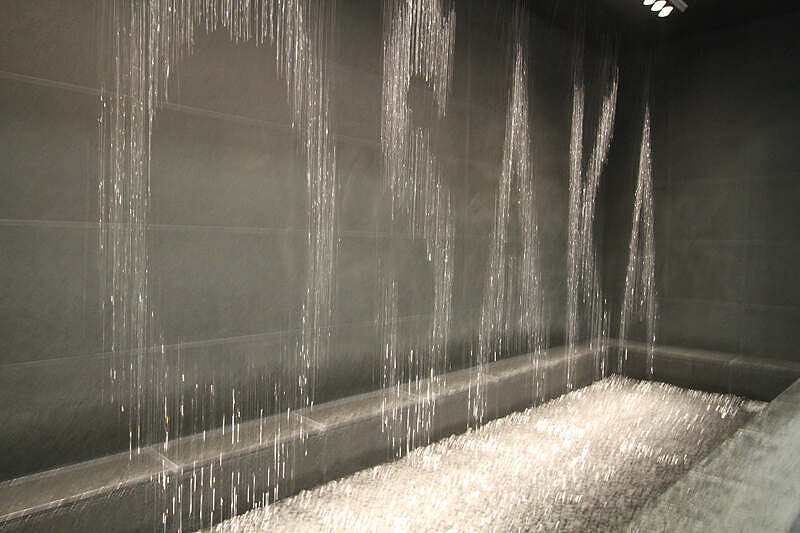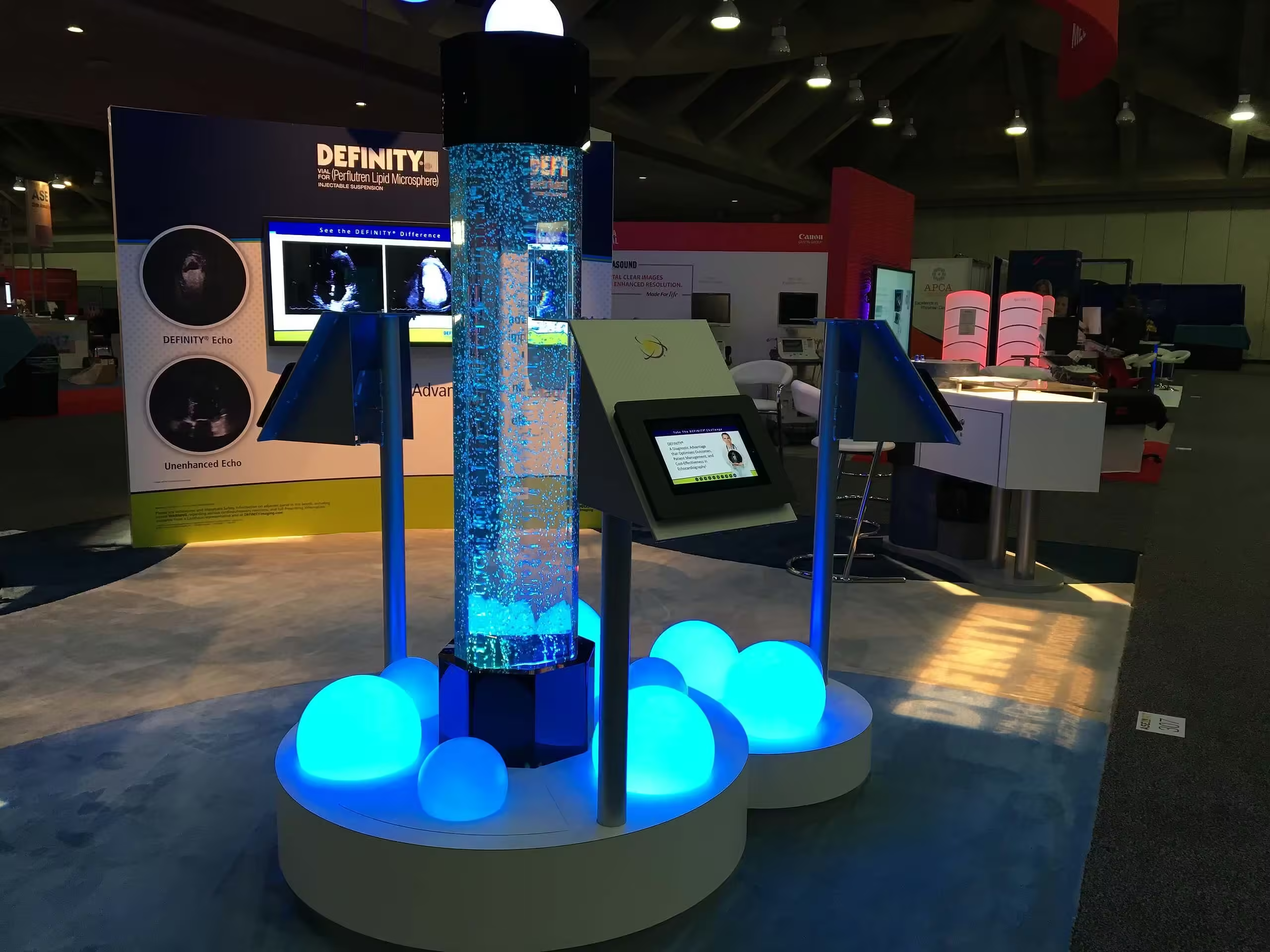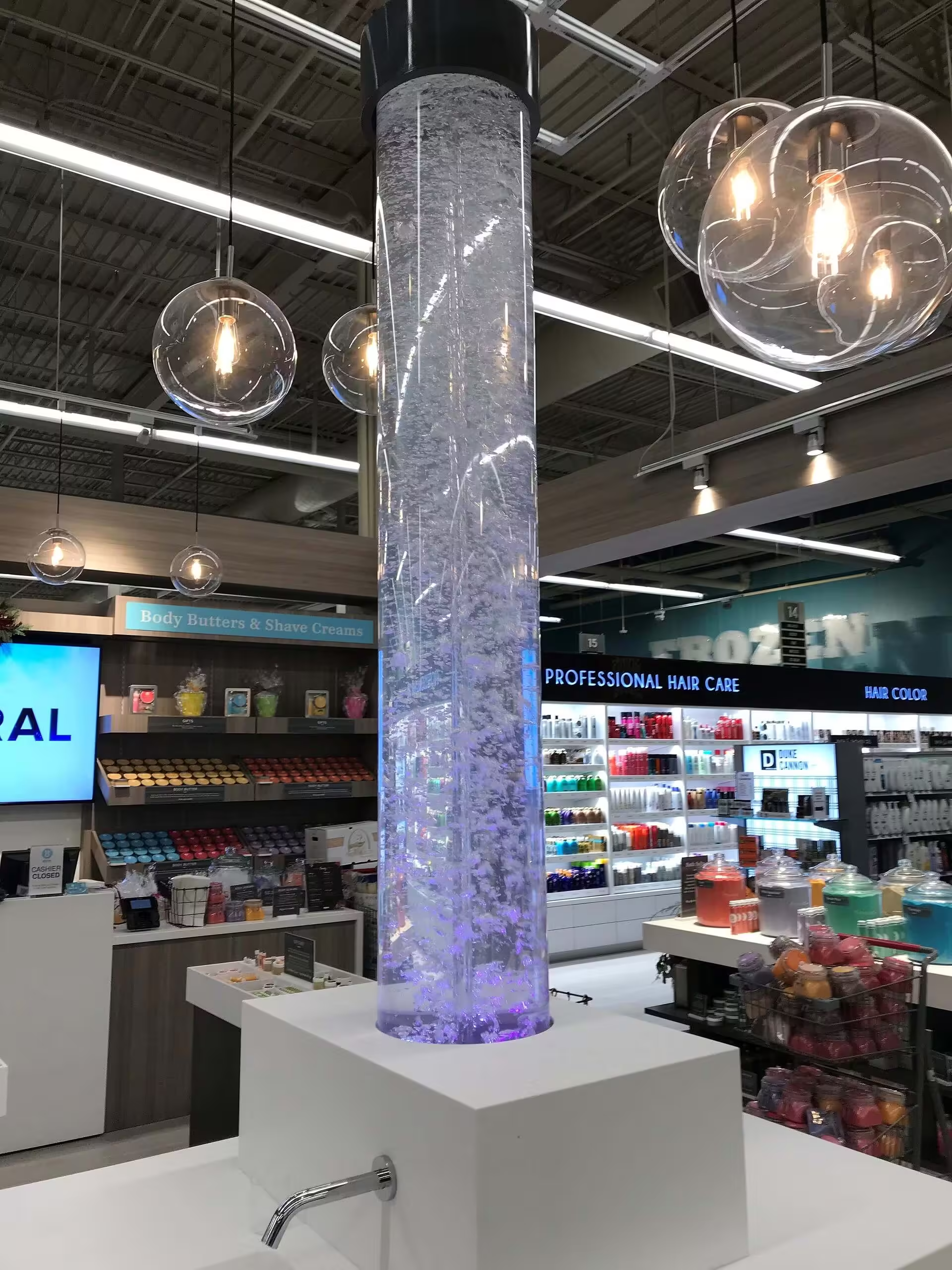Transform Your Yard With a Stone Water Fountain
Table Of Contents:
- Benefits of Installing a Stone Water Fountain in Your Garden
- Key Takeaways
- Enhance Your Garden’s Aesthetics With a Stone Water Fountain
- Improve Your Garden’s Atmosphere With Soothing Water Sounds
- Attract Wildlife by Installing a Stone Water Fountain
- Increase Property Value With a Stunning Water Feature
- Understand the Maintenance Needs of Stone Water Fountains
- Explore the Environmental Benefits of Stone Water Fountains
- Conclusion
Benefits of Installing a Stone Water Fountain in Your Garden
Does your garden lack a striking element that captures attention? This post outlines how a stone water fountain improves your garden’s aesthetics and ambiance while contributing to higher property value. The content explains how soothing water sounds create a peaceful environment and attract local wildlife. Readers will gain actionable insights that solve design challenges and add a distinctive touch to outdoor spaces.
Comprehensive Table of Contents for Your Stone Water Fountain Guide
- stone water features add texture and function to garden spaces
- durable materials ensure long-lasting performance and visual appeal
- proper placement and lighting emphasize each fountain‘s design
- regular upkeep maintains water clarity and soothing sound effects
- sustainable design practices support balanced ecosystems and energy efficiency
Enhance Your Garden's Aesthetics With a Stone Water Fountain

Stone water features uplift gardens. A stacked stone fountain, natural rock fountains outdoor, or basalt fountains immediately add visual charm to any setting. The content covers design styles that match various themes, the timeless resilience of natural stone water fountains outdoor, precise placement tips, and lighting techniques to make each fountain the focal point of the landscape.
Discover How Stone Fountains Add Visual Appeal to Your Landscape
Stone water features add texture and character to garden spaces, providing a refined focal point that draws attention with its natural composition. Carefully designed installations use durable cement bases and decorative pebble accents to create an attractive look that suits various landscaping styles.
Homeowners appreciate models that integrate quality construction with reliability, as many installations come with a warranty ensuring their longevity. The design often borrows the strength of a millstone and offers functionality similar to a drinking fountain in both commercial and residential settings:
- Robust cement base for lasting support
- Natural pebble finish for added charm
- Warranty-backed performance for peace of mind
- Millstone-inspired durability
- Drinking fountain option for versatile use
Engineered to blend seamlessly with outdoor surroundings, stone water installations offer a practical solution that uplifts garden aesthetics. This practical addition not only beautifies the landscape but also reinforces the overall stability and function of the outdoor area.
Explore Various Designs and Styles to Match Your Garden Theme
Stone water fountains offer numerous design options that suit a range of garden themes through the use of unique stone fountains, marble accents, and tailored features; the varied styles allow homeowners to create distinctive outdoor spaces that reflect personal tastes and complement existing elements in their landscape:
| Design Style | Feature | Application |
|---|---|---|
| Marble finish | Elegant texture | Patio settings |
| Column accent | Structural support | Garden centers |
| Unique stone fountains | Distinct design | Custom installations |
Design variations include natural stone pieces that complement both classic and modern themes, with items crafted to blend seamlessly into outdoor spaces. This approach ensures that every fountain installation contributes to a cohesive and attractive garden environment with features like reinforced columns making a noticeable impact.
Smart choices such as marble water features integrate well on a patio, providing functionality while uplifting the overall look. Visitors can readily select quality products by choosing the ‘add to cart‘ option, making the process smooth and efficient for any garden enthusiast.
Learn About the Timeless Quality of Natural Stone Materials
Stone water installations built with natural materials demonstrate exceptional longevity, with slate and basalt offering unwavering durability through diverse weather cycles. These robust components maintain aesthetic appeal for years, making them a reliable choice for outdoor water features. The integration of these stones ensures that each installation provides a timeless touch that meets the needs of discerning homeowners.
Many projects incorporate elements inspired by stone forest fountains to create an organic atmosphere in garden spaces. Outdoor water installations achieve a balanced blend between natural resilience and visual harmony by using carefully selected stone materials. Expert designers frequently refer to these materials when creating installations that impact the overall garden setting positively.
High-quality concrete supports artfully complement natural elements, reinforcing the strength of these water features. The connection between durable concrete bases and natural stones like slate and basalt contributes to a lasting, attractive structure. Designers confidently select these materials for installations, knowing they offer both a practical solution and an appealing design feature in garden landscapes.
Observe How Water Features Create Focal Points in Outdoor Spaces
The strategic placement of stone water fountains in outdoor spaces creates a distinct focal point that immediately captures attention. The use of a robust pedestal complements the beauty of the fountain while balancing functionality and style in a garden setting.
Integrating a natural boulder element with a water feature adds visual depth and structure to the area. This design approach not only draws the eye but also provides an appealing contrast that elevates the garden’s overall charm, a valuable consideration when assessing the sale price.
Expert designers confirm that stone water fountains serve as a dynamic centerpiece that defines outdoor spaces. Their presence offers a practical solution to enhance visual appeal while keeping construction and maintenance requirements straightforward and manageable.
Check the Installation Tips for Perfect Placement in Your Garden
Professional designers advise selecting a location that maximizes visual impact in the landscape. A stone fountain outdoor works well when positioned near seating areas to create a calming atmosphere.
The practical approach includes following essential steps for proper installation:
- Place the stone water fountain outdoor on a level surface to ensure stability.
- Install the pump in an accessible spot for easy maintenance.
- Optimize the fountain‘s setting by considering surrounding flora and structures.
Experts confirm that careful planning during installation improves both the performance and appearance of a stone fountain outdoor. This strategy works well in any landscape, making the addition of the pump and water feature efficient and visually engaging.
See How Lighting Can Further Enhance a Stone Fountain
Quality lighting transforms the ambiance of outdoor spaces by focusing attention on the unique structure of a cast stone fountain, giving credit to its well-crafted design and enhancing the overall visual appeal for every customer.
Well-planned illumination systems create layered effects on the floor of the garden and support the overall presentation of a trusted brand‘s featured piece, the cast stone fountain, providing a refined atmosphere that appeals to discerning homeowners:
- Use energy-efficient lighting to accentuate the fountain‘s texture and detail.
- Position fixtures at strategic floor levels to highlight architectural features.
- Select lighting solutions from reputable brands known for quality.
- Maintain a setup that meets both aesthetic preferences and practical needs for any customer.
The thoughtful application of lighting reinforces the fountain‘s role as a centerpiece in the garden, ensuring that the design remains dynamic and functional while meeting the refined taste of each customer.
The stone fountain marks the garden with a firm presence. Gentle water sounds fill the air and invite a quiet mood.
Improve Your Garden's Atmosphere With Soothing Water Sounds

Stone garden fountains offer soothing water sounds that create a calming environment. Different fountain styles, including rock water fountain outdoor and granitefountain, provide unique acoustic benefits. Positioning the millstone fountain for optimal sound, maintaining water clarity, seasonal adjustments, and incorporating plants around a rock waterfall fountain outdoor all boost ambiance while combining functionality with lasting appeal.
Understand How Water Sounds Can Create a Calming Environment
The soothing murmur of water from a carefully designed water fountain with stones creates a tranquil garden space that relaxes the mind. This approach benefits garden spaces by incorporating cast stone elements and terracotta accents, which add visual appeal while maintaining an affordable list price.
Outdoor areas transform into calm retreats when subtle audio from flowing water combats everyday noise. The design often parallels features found in a bird bath, delivering a layered sensory experience that supports relaxation in practical garden settings.
Studies indicate that water sounds contribute to lowering stress levels and enhancing focus. The integration of cast stone and terracotta accents in a water fountain with stones demonstrates a commitment to durability and style, offering homeowners a balanced option that aligns with quality list price expectations.
Identify Different Fountain Styles for Sound Effects You Desire
A stone bird bath fountain creates a delicate cascade of water that provides a soothing sound ideal for outdoor spaces. Its design mimics the gentle trickle found in a natural pond, offering homeowners a sensory experience that uplifts a garden’s atmosphere.
Many gardeners search using phrases like stone fountains near me to locate reputable installers who provide reliable water features. A quality stone fountain not only improves auditory comfort but also adds a touch of elegance and durability to any landscape.
Some retailers also offer a gift card with purchase, encouraging customers to invest in garden upgrades that include versatile water installations. When paired with a pond setting, a well-designed stone fountain delivers a balanced mix of functionality and peaceful sound effects that appeal to practical outdoor design enthusiasts.
Consider the Ideal Location for Optimal Sound Distribution
Expert designers stress the importance of selecting a spot that boosts the gentle sound flow from the stone waterfall fountain. A location close to seating areas and free from heavy foliage ensures that the water’s sound is both distinct and soothing.
Technical experts advise that the foundation should include a level gravel surface paired with quality materials. They incorporate a drill-driven approach during setup and use components such as fiberglass and steel to ensure lasting support and optimal coverage of water sounds:
- Level gravel base for stable installation
- Fiberglass parts for durability and ease of maintenance
- Steel frameworks to reinforce structure
- Stone waterfall fountain positioned to maximize acoustic performance
Specialists advocate for clear, open areas that allow the gentle hum of water to travel evenly throughout the garden. They confirm that careful planning paired with practical materials creates a balanced environment that enhances both aesthetics and sound distribution.
Learn About Maintaining Water Clarity for Better Sound Quality
Maintaining water clarity in a bird bathstone fountain plays a significant role in achieving a smooth, consistent sound from the water. This practice aids in reducing algal growth and ensures that the fountain with stones continues to perform as intended. Regular cleaning and periodic water treatment form part of a practical routine that professionals recommend.
Experts advise that clear water contributes to the purity of the auditory experience by preventing debris build-up that could muffle the fountain with stones’ sound. They suggest using safe, environmentally friendly cleaning agents and gentle brushing techniques to manage dirt without damaging the stone surfaces. This method proves beneficial for both outdoor appeal and the effective function of a bird bathstone fountain.
Maintaining pristine water quality drives the performance of a stone water feature by preserving the natural sound produced by moving water. Skilled designers monitor the water clarity in a bird bathstone fountain, ensuring that its acoustic properties remain intact over time. This upkeep allows homeowners to enjoy a consistent, tranquil atmosphere created by the fountain with stones.
Explore Seasonal Adjustments to Enhance Sound Dynamics
Seasonal adjustments to a stone water fountain offer outdoor spaces a balanced sound experience throughout the year. Designers often modify water flow based on climate patterns, ensuring that the auditory output remains steady and appealing.
Programming timers and water level controls allows each season to deliver distinctive benefits:
| Season | Recommended Setting |
|---|---|
| Spring | Moderate flow to refresh garden ambience |
| Summer | Higher flow rate for crisp sound and cooling effects |
| Fall | Lower flow to conserve energy while maintaining soft sounds |
| Winter | Minimal flow to prevent freezing issues while preserving sound clarity |
Seasonal modifications prove beneficial for maintaining optimal sound dynamics in outdoor environments. Garden professionals observe that these adjustments not only boost auditory appeal but also simplify maintenance and support energy efficiency in stone water fountains.
Check How to Incorporate Plants Around Your Fountain for Ambiance
Design professionals advise integrating a variety of plants around a stone water fountain to create a cohesive outdoor setting. This arrangement softens the hard surfaces and brings a harmonious balance between water, stone, and greenery.
Landscape experts recommend selecting plants that thrive in local conditions to maintain a vibrant garden atmosphere. Using shrubs or ground covers with varied textures complements the fountain‘s design while reinforcing a soothing soundscape.
Garden specialists suggest placing clusters of low-maintenance plants near the fountain to frame the installation effectively. This strategy not only enhances visual appeal but also supports a calming ambiance that benefits the overall garden experience.
Water flows clearly, adding calm to the garden. A stone water fountain now calls to local wildlife, promising a lively, natural scene.
Attract Wildlife by Installing a Stone Water Fountain

Stone water fountains attract various wildlife by drawing in specific bird species and offering shelter for beneficial insects. They also support other fauna, as moving water naturally lures animals. Practical design tips illustrate how to build an environment that favors wildlife while selecting plants that support local fauna and uplift garden appeal.
Discover Which Birds Are Drawn to Water Features in Gardens
Observations confirm that stone water fountain installations naturally attract birds to gardens. Ornithologists note that species such as finches and sparrows are routinely drawn to the fresh water source provided by these features.
Expert opinions suggest that the presence of a well-maintained water feature creates a welcoming habitat for many birds by offering both hydration and a resting spot during their daily foraging routines:
- Small songbirds seeking a quick drink
- Insectivorous species attracted by nearby insect activity
- Water-dependent birds using the fountain area for refueling
Design specialists emphasize that incorporating a stone water fountain into garden layouts can significantly improve wildlife engagement while adding aesthetic value. Property owners benefit from the enhanced natural environment and the serene atmosphere the installation creates.
Learn How Fountains Provide a Habitat for Beneficial Insects
A stone water fountain creates a microhabitat that supports many beneficial insects. The structure provides cool, moist surfaces and a steady water source that invite insects that contribute to pest control and pollination within a garden setting.
This outdoor installation attracts insects such as bees and ladybugs, which find safe shelter in the fountain‘s surrounding areas. Experts note that the combination of natural stone textures and consistent water movement creates an inviting niche for these creatures.
Garden designers observe that a well-maintained stone water fountain promotes an active insect population that aids in plant health. Maintaining water cleanliness and a steady flow encourages these insects to thrive, offering a practical advantage for garden upkeep.
Explore Other Wildlife That Benefits From Your Garden Fountain
The installation of a stone water fountain in a garden draws more than just birds; small mammals such as squirrels and rabbits also find the water source appealing. Experts emphasize that the constant flow of water creates a microhabitat suitable for a range of creatures, thereby promoting a balanced local ecosystem. Homeowners benefit from this naturally enhanced biodiversity as the fountain supports a healthy outdoor environment.
Amphibians, including frogs, thrive near a garden fountain that offers a cool and damp refuge. Landscape professionals observe that these animals use the consistent water flow for hydration and shelter, contributing to an overall increase in natural life. This practical benefit reinforces the appeal of a stone water fountain as an integral part of sustainable garden design.
Beneficial insects, particularly pollinators, also congregate around the area of the stone water fountain. Designers note that the presence of these insects supports plant health and increases natural pest control, offering an additional advantage to homeowners. The inclusion of a well-designed fountain can thus serve as a practical tool for creating an inviting and dynamic garden ecosystem.
See Why Water Movement Is Essential for Attracting Animals
Stone water fountains create a steady flow of moving water that attracts animals by providing a refreshing source of hydration in garden settings. This dynamic feature plays a key role in drawing a variety of wildlife such as birds and small mammals. Experts note that moving water improves the natural appeal of the landscape and supports a healthy ecosystem.
Moving water from the fountain acts as a natural magnet for wildlife, as it generates sound and reflections that increase visibility and comfort for visiting creatures. This design element has been proven effective in multiple garden installations, offering both visual and practical benefits for property owners:
| Animal Type | Attraction Benefit |
|---|---|
| Birds | Reliable water source and safe resting area |
| Squirrels | Easy access to drinking water near foraging zones |
| Frogs | Optimal environment for hydration and habitat |
Practical experience shows that water movement keeps the fountain free of stagnation while enhancing the sensory appeal of the garden. Designers have incorporated these insights into installations that not only uplift visual aesthetics but also promote robust interactions with nature. The result is an outdoor environment where continuous water flow benefits both human observers and local fauna.
Understand How to Create a Wildlife-Friendly Environment
Stone water fountains offer a practical solution for gardeners looking to support a diverse ecosystem in outdoor spaces. Their design provides a steady supply of fresh water, which attracts various species and enhances the natural appeal of the garden.
Expert designers recommend situating a stone water fountain in a spot that encourages animal visitation and promotes a balanced environment. Strategic planning involves ensuring ease of access to water and integrating features that support local biodiversity:
- Install the fountain near native plant beds to attract pollinators
- Maintain a clean water source to ensure reliable access for birds and small mammals
- Schedule regular upkeep to preserve the fountain‘s performance and aesthetic appeal
Professionals emphasize that careful placement and consistent maintenance create a thriving wildlife habitat that complements the overall garden design. Their practical approach helps homeowners achieve an outdoor space where both flora and fauna flourish harmoniously.
Identify Compatible Plants That Support Local Fauna
Selecting plants that support local fauna near a stone water fountain can greatly improve a garden’s overall appeal. Garden professionals recommend native species that are well-adapted to the local climate and provide essential habitat for birds and beneficial insects.
Experts advise choosing low-maintenance vegetation that thrives alongside water features to boost ecological health. Local wildflowers, drought-resistant grasses, and ornamental shrubs create a natural setting that works well with the fountain installation:
- Native wildflowers for seasonal color
- Drought-resistant grasses for ground cover
- Ornamental shrubs for structure and shelter
Practitioners note that prioritizing plant selection not only enhances the aesthetic appeal but also supports a balanced ecosystem. This careful planning helps reduce upkeep and provides a safe refuge for local wildlife, ensuring a garden that meets both beauty and practical needs.
Wildlife gathers at the stone fountain, bringing a steady rhythm to the yard. Soon, a bold water feature rises to boost the property’s appeal.
Increase Property Value With a Stunning Water Feature

Stone water fountains raise garden appeal and property value. This section covers financial benefits of upgrading landscaping, market views on stone water fountains, real examples of increased home value, proper fountain upkeep, current landscaping trends featuring water elements, and strategies for effective property promotion. Each aspect offers practical insights for homeowners aiming for lasting style and function.
Understand the Financial Benefits of Enhancing Landscaping
A stone water fountain boosts a property’s appeal, attracting buyers with its timeless design and careful craftsmanship. Its integration into a garden not only enriches the outdoor space but also contributes to an increase in overall property value.
Analyses show that strategic landscaping improvements, such as adding a stone water fountain, offer a substantial return on investment by enhancing marketability and reducing vacancy times during resale:
- Improved curb appeal and first impressions
- Enhanced durability with quality materials
- Lower maintenance expenses over time
- Modern yet classic design integration
Investing in a quality water feature provides a financial advantage by reinforcing the attractiveness of the home. Homeowners benefit from a well-designed installation that elevates the garden’s overall aesthetics and supports a higher market valuation.
Learn About the Market Appeal of Stone Water Fountains
Stone water fountains enhance a property’s visual appeal by adding a distinctive charm that appeals to potential buyers. Experts note that a well-placed water feature creates a lasting impression on visitors and elevates the overall garden design.
Market analysis shows that properties with quality stone water fountains are viewed as more attractive investments. The integration of durable materials and professional craftsmanship provides clear evidence of added value in upscale outdoor spaces.
Observations from real estate professionals indicate that stone water fountains contribute to higher property assessments. Homeowners appreciate these installations for their ability to create engaging landscapes that resonate with current market trends.
Explore Examples of Increased Home Value in Properties
Properties fitted with a stone water fountain command greater appeal at first sight. Design professionals observe that such installations contribute to a more refined garden and strengthen overall market positioning.
Recent case studies highlight that well-integrated fountain installations lead to improved home evaluations:
- Stronger curb appeal and a more welcoming entrance
- Enhanced visual balance in outdoor spaces
- A clear boost in resale attractiveness due to thoughtful landscaping
Regional assessments note that homes with durable stone water features benefit from a distinct market edge. Industry insights indicate that these installations can play a key role in persuading discerning buyers and elevating property values.
See How to Maintain Your Fountain for Lasting Appeal
Routine maintenance of a stone water fountain preserves its visual appeal and supports overall property value. Regular cleaning, water level checks, and pump inspections prevent damage and ensure consistent performance:
- Clean stone surfaces weekly to remove build-up
- Inspect and clear the pump of debris monthly
- Monitor water levels and adjust as needed during seasonal changes
Skilled technicians recommend scheduling maintenance tasks each season to verify that all parts operate with optimal strength and reliability. This approach minimizes downtime and supports consistent outdoor aesthetics.
Design professionals advise using trusted cleaning agents and adopting preventive routines to avoid extensive repairs. Adhering to these practical insights enables homeowners to maintain the fountain‘s lasting appeal and boost property desirability.
Check Landscaping Trends That Highlight Water Features
Modern landscaping trends emphasize the integration of water features that improve both garden aesthetics and overall property value. A stone water fountain serves as a refined centerpiece that aligns with contemporary outdoor design standards.
Experts observe that current outdoor designs favor the use of natural stone elements combined with flowing water to create a balanced atmosphere. Such installations offer a reliable method for homeowners to address current market demands while keeping maintenance straightforward.
Practical examples from recent projects show that incorporating a stone water fountain into landscaping schemes boosts curb appeal and increases market desirability. Industry professionals confirm that this upgrade provides a tangible return on investment by meeting the needs of modern home aesthetics.
Discover How to Market Your Property Effectively
Effective marketing starts with highlighting the stone water fountain as a centerpiece that transforms the garden into an inviting outdoor space. This quality feature adds a unique charm that potential buyers appreciate, setting the property apart from others.
Real estate professionals encourage the use of high-resolution images and engaging descriptions to showcase the water feature’s durability and refined design. Professional photography and thoughtful staging capture the fountain‘s appeal, making it a strong selling point in both online and print listings.
Expert marketers recommend emphasizing the installation’s role in creating a balanced and tranquil environment that resonates with buyers. This strategy builds a compelling narrative around the property, positioning the garden as a peaceful retreat that boosts overall market value.
A striking water feature raises a property’s appeal and speaks to refined taste. Knowing the steps to care for a stone fountain keeps that charm alive.
Understand the Maintenance Needs of Stone Water Fountains

This section covers regular cleaning to prevent algae buildup, seasonal maintenance best practices, and options for fountain repairs and upkeep. It identifies signs of wear, explains water level management for optimal operation, and emphasizes pump care. These practical insights ensure the stone water fountain stays functional and attractive in any garden setting.
Get Tips for Regular Cleaning to Prevent Algae Buildup
Regular cleaning of a stone water fountain is vital to keep the surface free from algae buildup. Professional gardeners suggest using soft brushes and mild cleaning solutions specifically designed for natural stone, which maintains the fountain‘s aesthetic appeal and durability.
Experts recommend a consistent cleaning schedule to address algae growth before it becomes problematic. This practice ensures that the stone water fountain remains attractive and continues to function efficiently without compromising its long-term performance.
Routine maintenance helps prevent the accumulation of organic material that may affect the fountain‘s operation. Technical advice indicates that periodic water treatment and careful inspection of the fountain enhance its resilience, providing a reliable garden centerpiece that requires minimal repair.
Learn the Best Practices for Seasonal Maintenance Tasks
Expert designers perform seasonal maintenance on stone water fountains to ensure they operate efficiently throughout the year. They suggest cleaning accumulated debris after harsh weather and checking water flow adjustments during seasonal transitions. This routine care keeps outdoor installations strong and visually appealing.
Technical specialists recommend inspecting key components such as pumps and support structures after each season. They advise evaluating water quality and confirming that connections remain solid, especially following periods of heavy rain or frost. A diligent approach to maintenance prevents unexpected issues and supports long-term performance.
Practitioners use mild cleaning agents suitable for natural stone surfaces to sustain water clarity and fountain endurance. They encourage verifying water levels and removing any blockages in the pump regularly to ensure smooth operation. Such routine checks offer tangible benefits by maintaining secure functionality and a refined garden environment.
Explore Options for Fountain Repairs and Upkeep
Property owners benefit from a careful review of repair methods that ensure a stone water fountain continues to operate smoothly. Professional technicians use specialized techniques to address minor issues promptly and prevent further damage. Regular inspections help detect potential faults early, saving time and effort in the long run.
Skilled maintenance teams advise scheduling consistent upkeep checks to preserve the fountain‘s appearance and functionality. Contracted services may include pump adjustments, stone surface cleaning, and joint tightening to sustain a safe water flow. This approach not only keeps the fountain in optimal condition but also protects it from weather-related wear.
When minor repairs are needed, experts suggest simple solutions that property owners can perform with proper guidance. Routine tasks such as cleaning debris from the basin and verifying water pump performance reduce the need for extensive repairs. Such practical actions maintain the fountain‘s visual appeal and operational reliability over time.
Identify Signs of Wear and When to Address Them
Regular inspections reveal early signs of deterioration, such as small cracks in the stone or loosened joints that may indicate weakening structural support. Observations by experienced technicians underscore the need for consistent check-ups to ensure each component of a stone water fountain remains secure.
Industry experts note that variations in water flow, discoloration on the stone surface, or unusual pump noises signal potential issues that require prompt attention:
- Emergence of cracks or chipped stone surfaces
- Loose or misaligned components around the base
- Reduction in water flow and audible pump anomalies
- Visible accumulation of debris impacting surface aesthetics
Timely actions in maintenance prevent further damage and reduce the risk of costly repairs. Specialists advise scheduling routine checks, especially during seasonal transitions, to maintain the fountain‘s optimal performance and appealing look in any garden setting.
See How to Manage Water Levels for Optimal Functionality
Managing water levels in a stone water fountain is a regular task that ensures the water feature performs at its best in any garden. Routine checks support consistent functionality and prevent operational issues.
Maintenance specialists recommend monitoring water levels to avoid strain on the pump and ensure a clear water flow:
- Verify the water level daily for steady flow
- Cleansing the pump system prevents blockages
- Regular inspection of the basin helps detect sediment buildup
Practitioners emphasize that a consistent water level routine also reduces the need for unexpected repairs and promotes a long-lasting installation. Careful management of the water feature ultimately benefits the overall maintenance of a garden water feature.
Understand the Importance of Pump Maintenance
Regular upkeep of the pump is vital for a stone water fountain to perform reliably in any garden. Proper pump maintenance prevents malfunctions that may disrupt water flow and compromise the fountain‘s overall appeal.
Technicians recommend a clear routine for maintaining pump functionality, which can include cleaning, checking for wear, and confirming proper lubrication to extend its lifespan:
| Maintenance Step | Frequency | Benefit |
|---|---|---|
| Cleaning | Weekly | Reduces debris build-up |
| Inspection | Monthly | Identifies early signs of wear |
| Lubrication Check | Quarterly | Ensures smooth operation |
Skilled professionals stress that timely pump maintenance leads to greater efficiency and minimizes the need for extensive repairs. This practice assists property owners in enjoying a smooth-running fountain while lowering long-term upkeep costs.
Routine upkeep keeps the stone solid and lines sharp. The design offers practical rewards to its surroundings, linking form with the gifts of nature.
Explore the Environmental Benefits of Stone Water Fountains

This section details how stone water fountains contribute to local ecosystems while promoting water conservation in landscaping. It explains the benefits of natural stone versus synthetic materials, examines fountain roles in regulating garden microclimates, outlines methods to incorporate recycled water, and reviews sustainable practices that boost garden appeal and value.
Identify How Fountains Can Contribute to Local Ecosystems
Stone water fountain installations contribute to local ecosystems by offering a steady water source and natural structure that attracts various fauna. This garden water feature creates beneficial microhabitats that support native flora and wildlife. Experts confirm that these installations foster a balanced environment in residential outdoor settings.
Landscape professionals emphasize the system’s role in promoting ecological stability by providing essential hydration and shelter for local species. They note that the natural design supports several environmental benefits, including a reliable habitat for creatures and improved microclimate regulation:
- Provides a dependable water source for birds, insects, and small mammals
- Regulates the local microclimate to benefit native plant growth
- Supports pollinator activities and natural pest control
Industry specialists observe that a well-integrated stone water fountain not only upgrades garden aesthetics but also contributes to a sustainable ecosystem. Its durable construction and natural appeal offer an effective method for improving outdoor spaces while protecting local biodiversity.
Learn About the Importance of Water Conservation in Landscaping
Stone water fountains support water conservation in landscaping by circulating water through a closed system, reducing water waste and ensuring efficient use. These installations contribute to sustainable garden designs while providing an attractive focal point in outdoor spaces.
Design professionals note that integrated recycling features in stone water fountains lower reliance on external water sources and promote a balanced landscape environment:
| Method | Benefit |
|---|---|
| Recirculation system | Minimizes water loss |
| Efficient pump design | Reduces energy consumption |
| Streamlined installation | Supports sustainable landscaping |
Industry experts emphasize that prioritizing water conservation in landscaping lowers maintenance expenses and ensures a resilient garden ecosystem. Regular system checks and proper upkeep maximize water clarity and overall efficiency, offering a practical solution for environmentally aware homeowners.
Understand the Benefits of Natural Stone vs. Synthetic Materials
The use of natural stone in water fountain installations offers significant environmental benefits, as it uses materials sourced directly from the earth with minimal processing, reducing energy consumption during production. Natural stone provides a sustainable alternative to synthetic materials that require chemical treatments and additional resources, making it an appealing option for eco-conscious property owners.
Natural stone exhibits superior durability and weather resistance compared to many synthetic options, ensuring that a stone water fountain remains a lasting investment in outdoor design. Its inherent strength and low maintenance needs allow homeowners to reduce waste and save on repair expenses while preserving a more natural garden aesthetic.
Industry experts point out that choosing natural stone can align a garden with sustainable landscaping practices by lowering the overall environmental footprint of a water feature. The solid performance and timeless appeal of natural stone create a practical solution that meets the demands of responsible design without compromising on style.
Discover How Fountains Help Regulate Garden Microclimates
Stone water fountains help manage garden microclimates by naturally regulating temperature and moisture levels in outdoor spaces. Their continuous water flow cools the air during warm days and stabilizes humidity to support plant health.
This fountain improves airflow and reduces heat buildup in the garden environment by working with natural evaporation processes:
| Factor | Effect | Benefit |
|---|---|---|
| Water evaporation | Lowers ambient temperature | Enhanced cooling |
| Continuous flow | Improves airflow | Balanced humidity |
| Surface wetness | Promotes moisture retention | Better plant growth |
Stone water fountain installations offer a practical solution for gardeners looking to create a comfortable and sustainable outdoor atmosphere. Experts note that these features contribute to a stable microclimate that supports both flora and local wildlife in the garden.
Check Ways to Use Recycled Water in Your Fountain
Experts note that recycled water systems in stone water fountains improve water conservation in residential gardens. This approach reduces water waste while ensuring that the fountain provides a reliable source of soothing water sounds.
The installation of a stone water fountain offers practical ways to use recycled water, such as through a closed-loop system that continuously cleans and recirculates water:
| Method | Benefit |
|---|---|
| Closed-loop system | Efficient water reuse |
| Rainwater harvesting | Supplemental resource |
| Low evaporation design | Water conservation |
Industry specialists recommend integrating recycled water features with stone water fountains to boost environmental benefits for outdoor spaces. This practical solution meets the needs of eco-conscious property owners while reducing long-term water and energy expenses.
See How Sustainable Practices Enhance Your Garden's Value
Sustainable methods in garden design support a well-kept outdoor space that benefits both the environment and property value. Stone water fountains built with eco-friendly materials and efficient water systems reduce resource waste while providing lasting style.
Implementing water recycling and energy-saving techniques offers measurable improvements in sustainability and functionality. These sustainable techniques provide clear results:
| Technique | Description | Benefit |
|---|---|---|
| Water Recirculation | Uses a closed-loop system to reuse water | Reduces water waste and lowers running costs |
| Natural Stone Materials | Sourced directly from nature with minimal processing | Improves durability and minimizes environmental impact |
| Energy Efficient Pumps | Designed for low power consumption | Decreases energy usage and operational expenses |
Technical experts recommend these practical eco-friendly methods to enhance garden life and improve long-term sustainability. Homeowners benefit from reduced maintenance efforts while boosting their property’s appeal and ecological balance.
Conclusion
A stone water fountain transforms outdoor spaces by enriching visual appeal and attracting local wildlife. It offers a striking centerpiece that creates a soothing atmosphere and reinforces a harmonious garden environment. The use of durable, natural materials minimizes upkeep and supports sustainable landscaping practices. Homeowners enjoy enhanced property value and long-term benefits from this practical, stylish water feature.










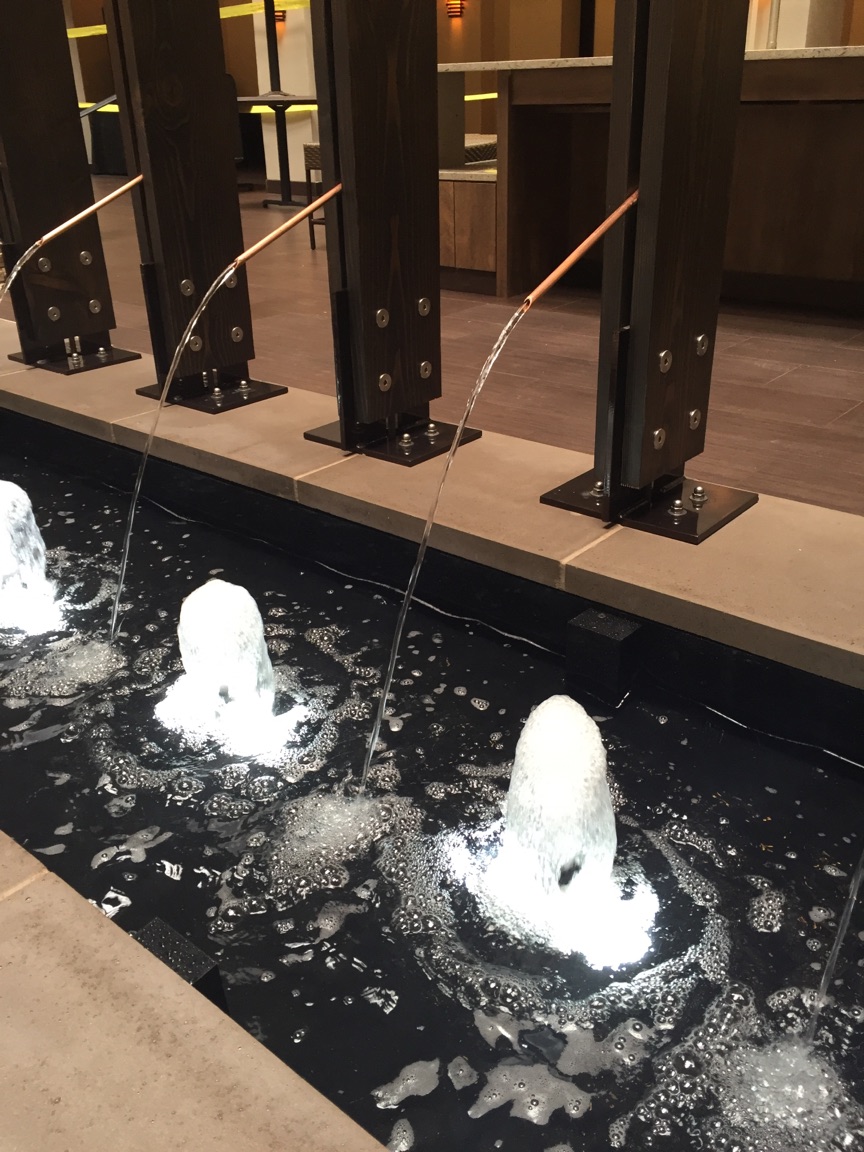
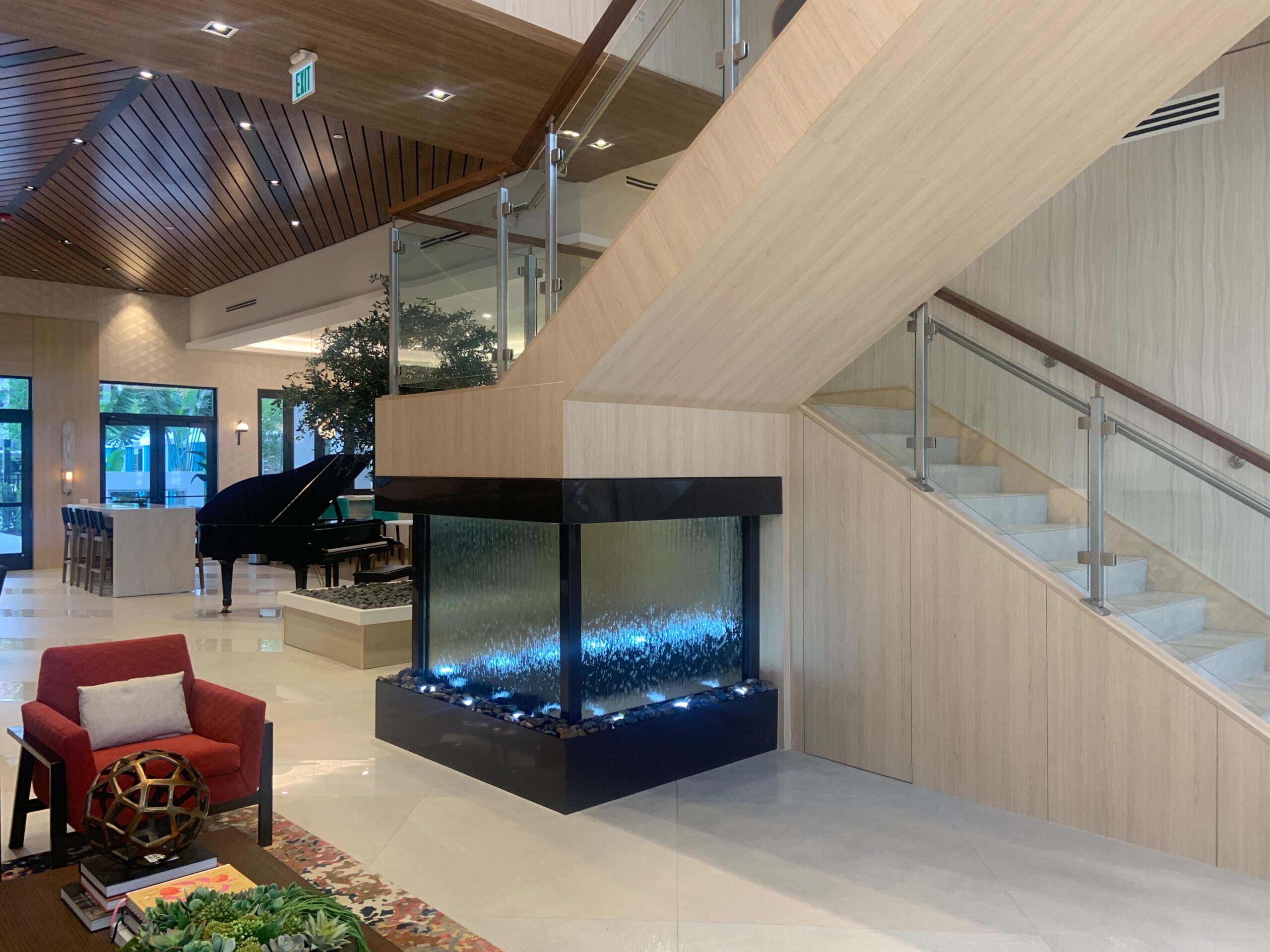




































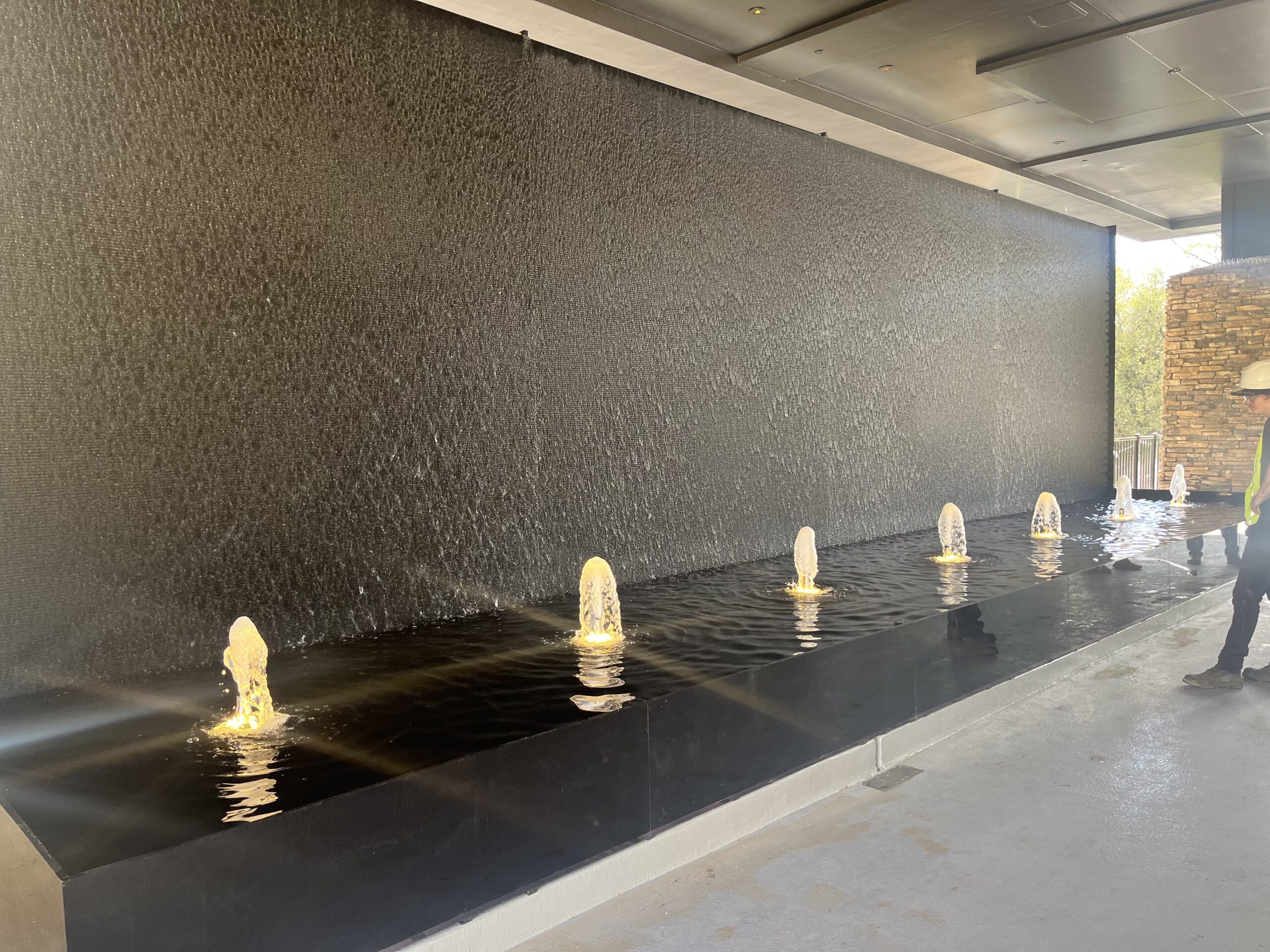

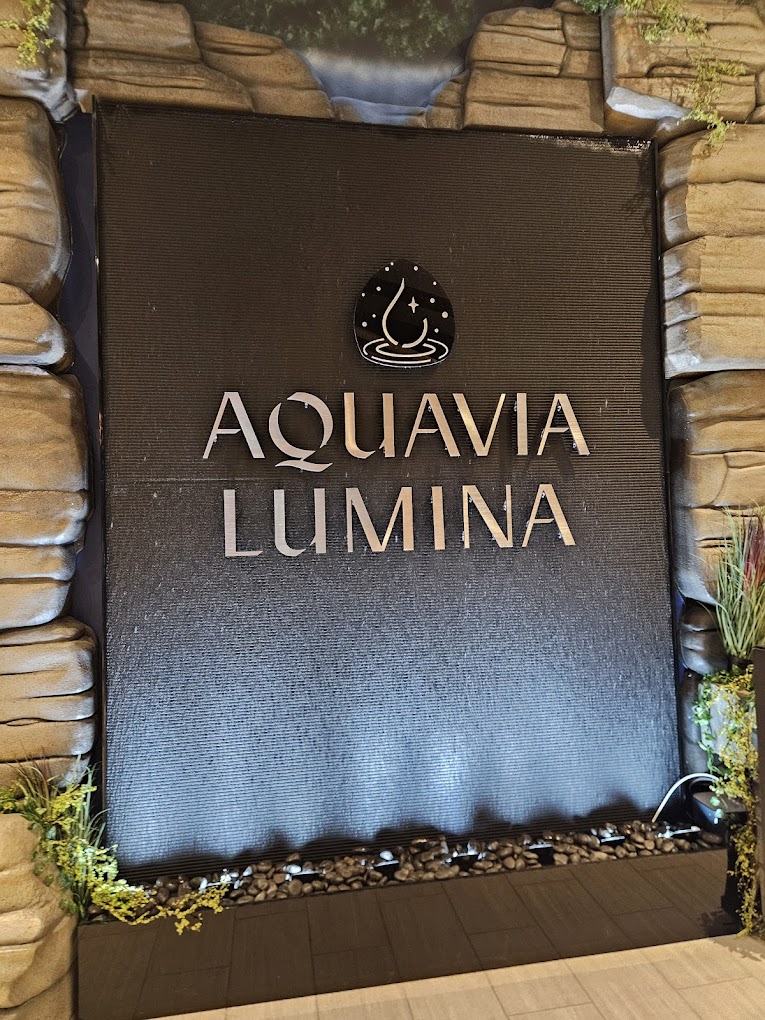














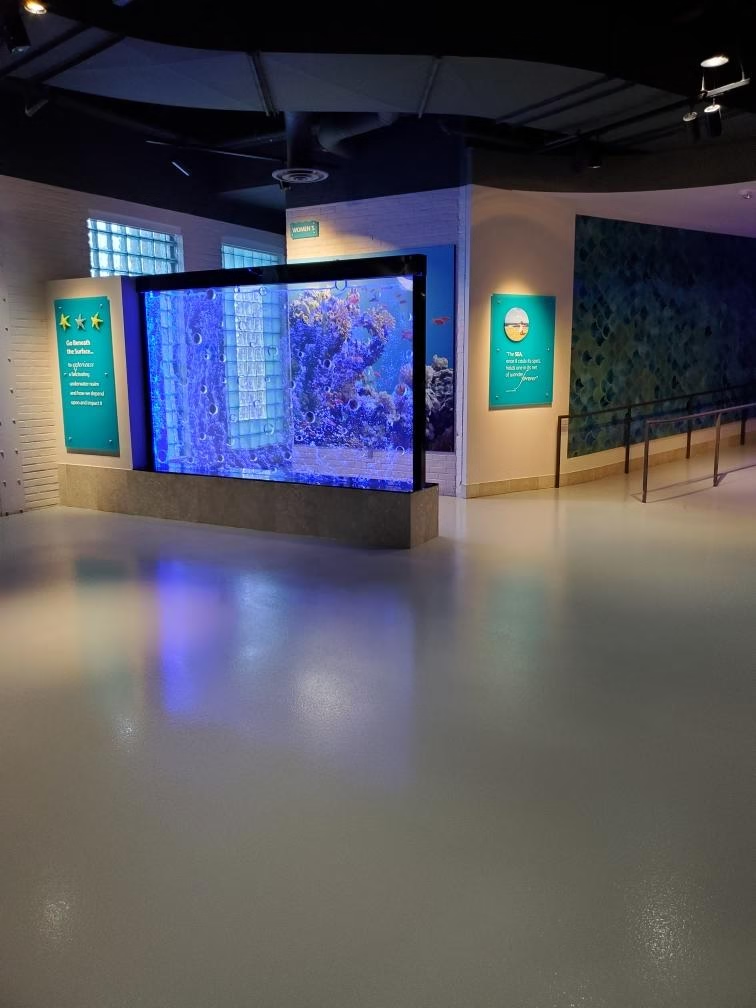








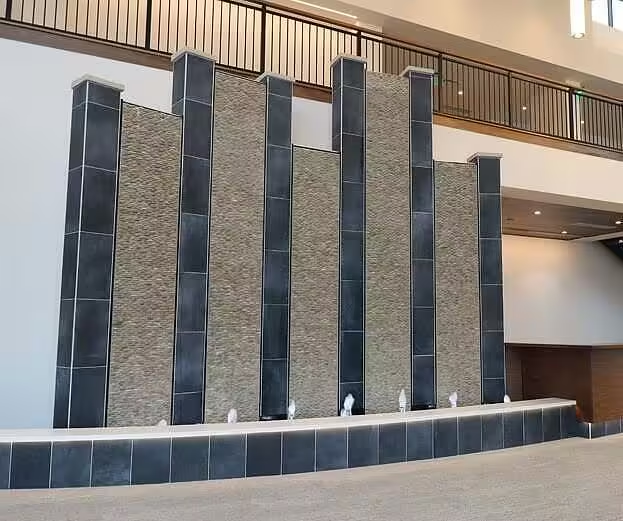
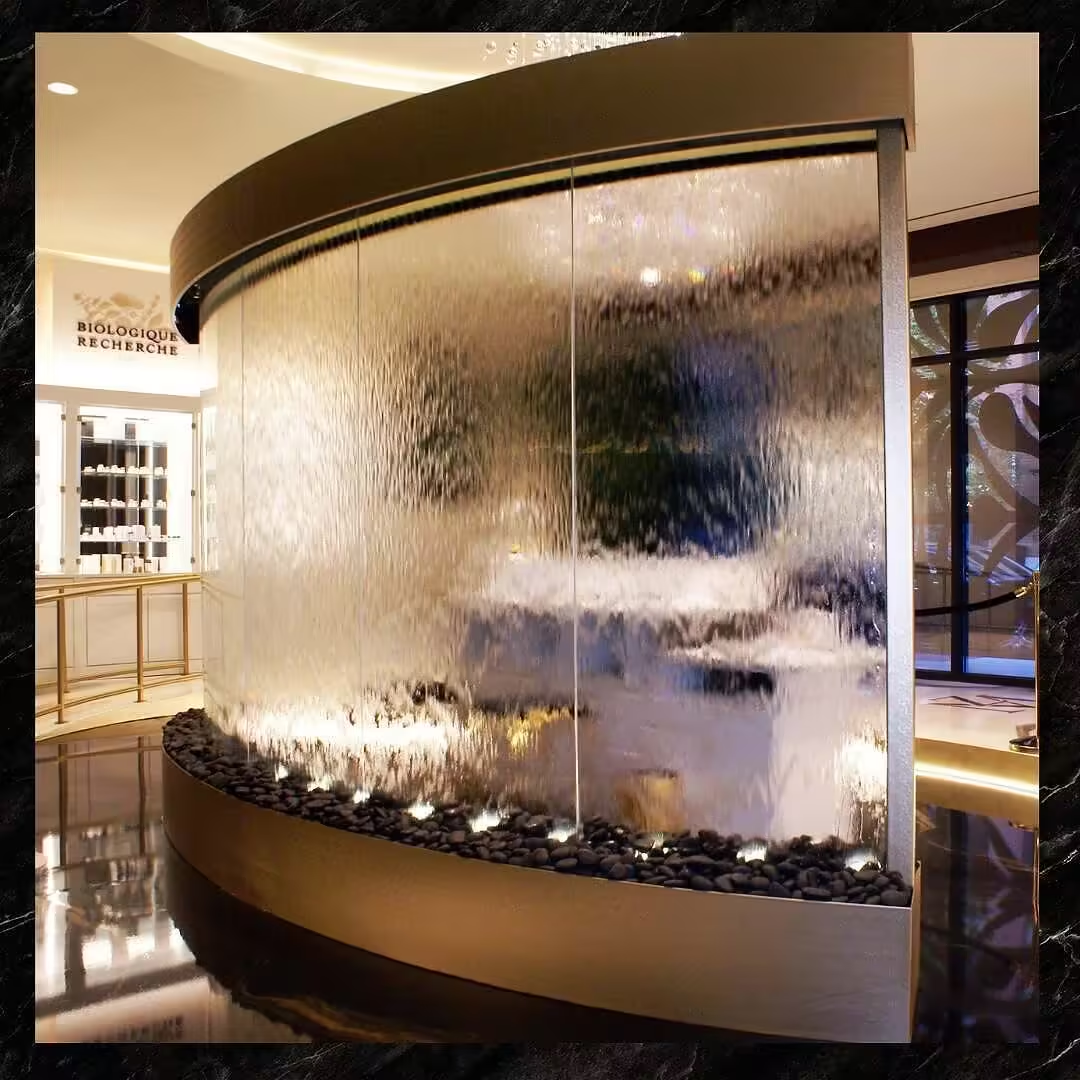






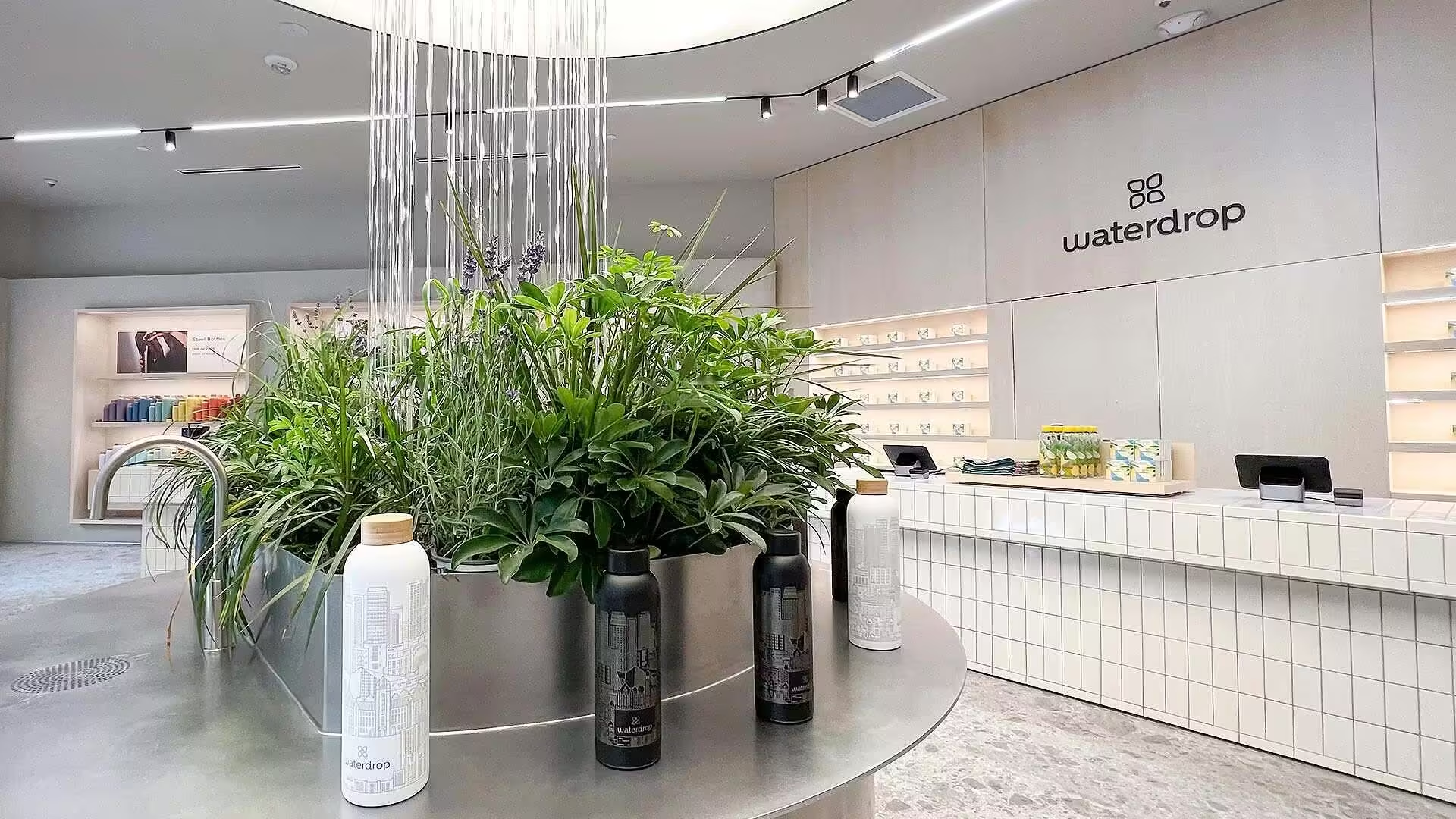






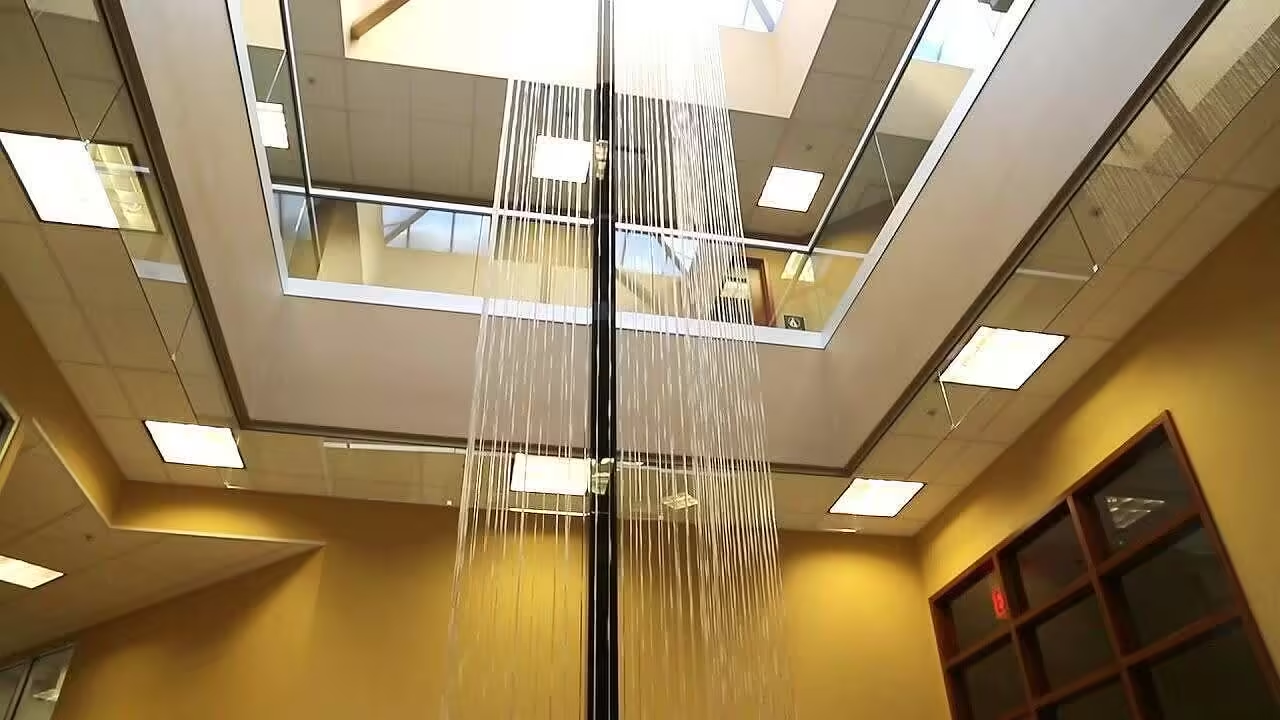










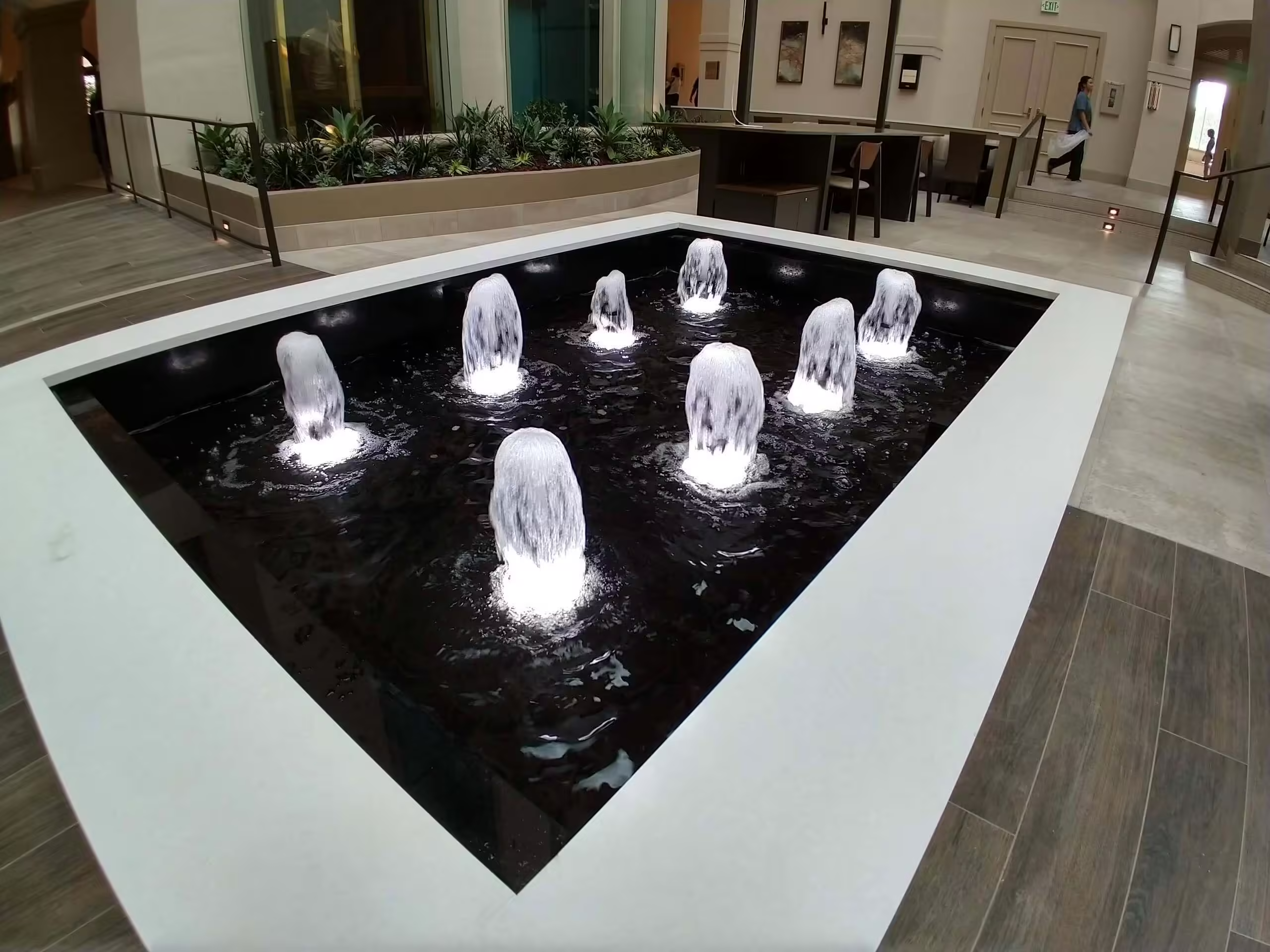





















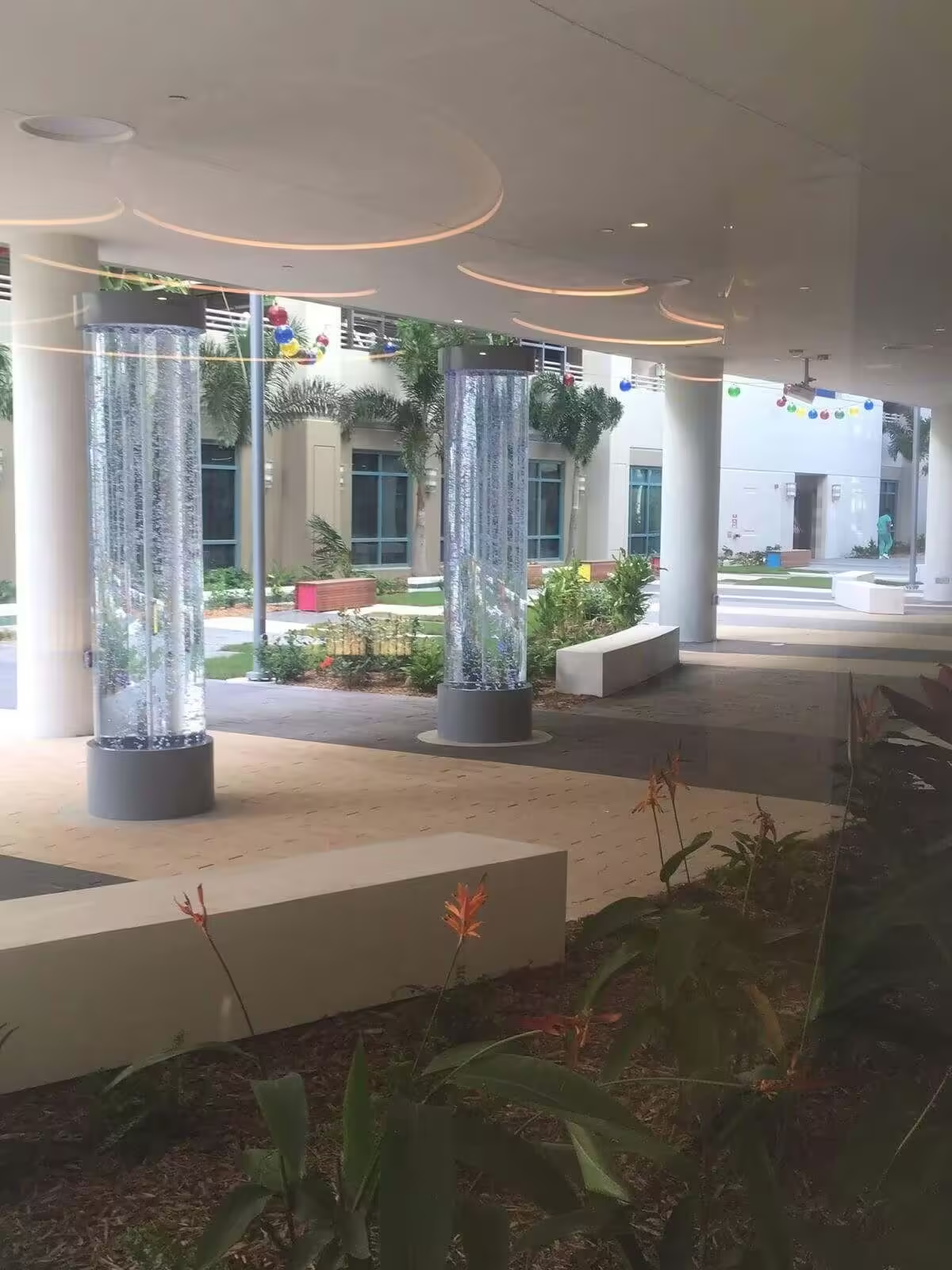









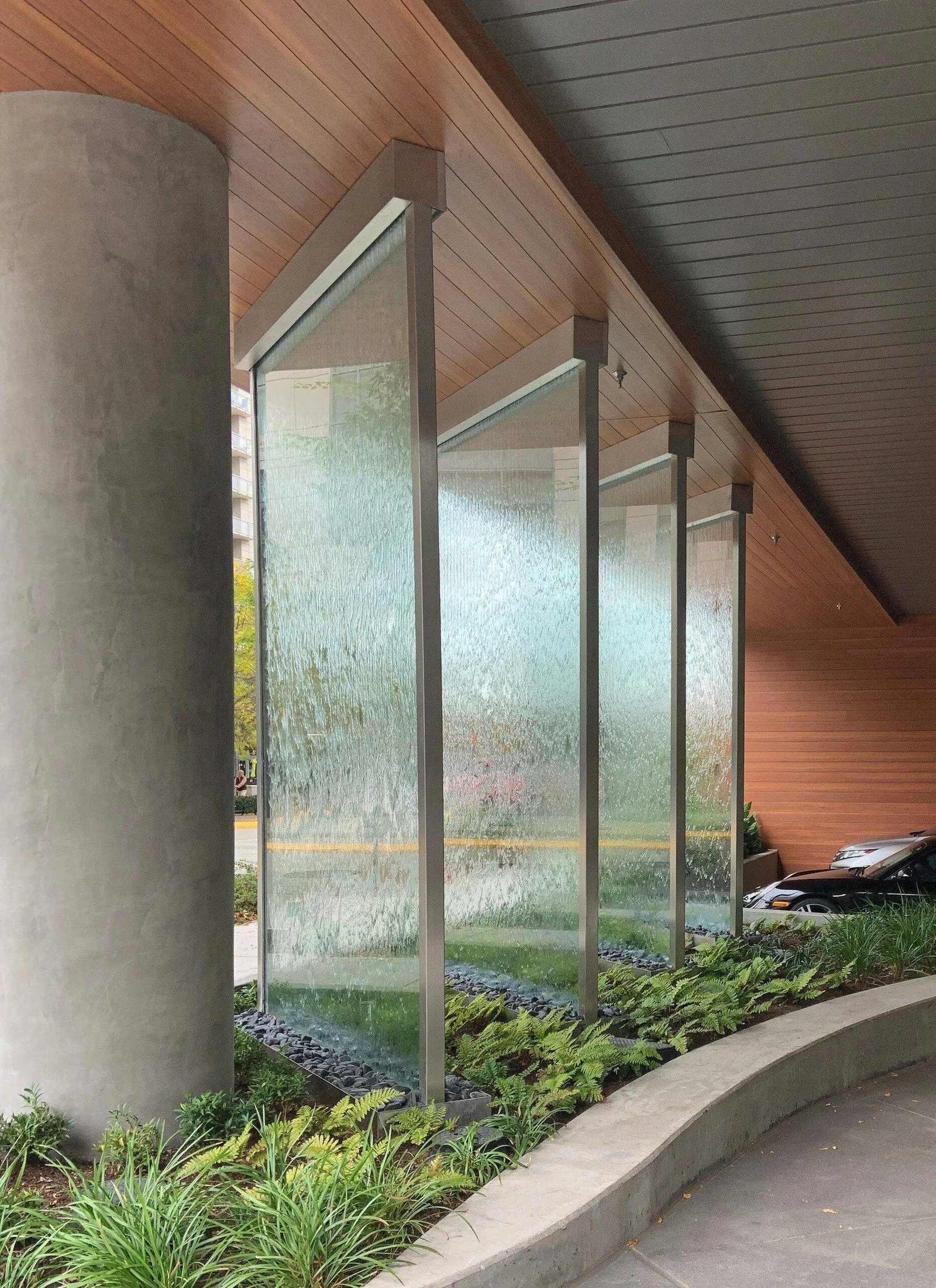






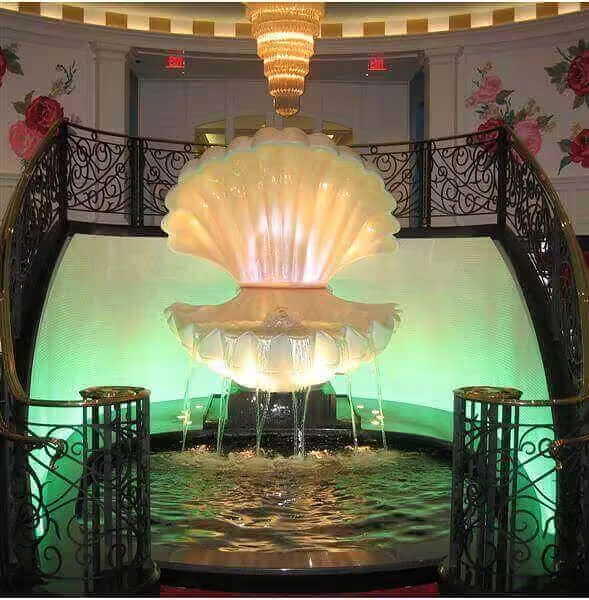
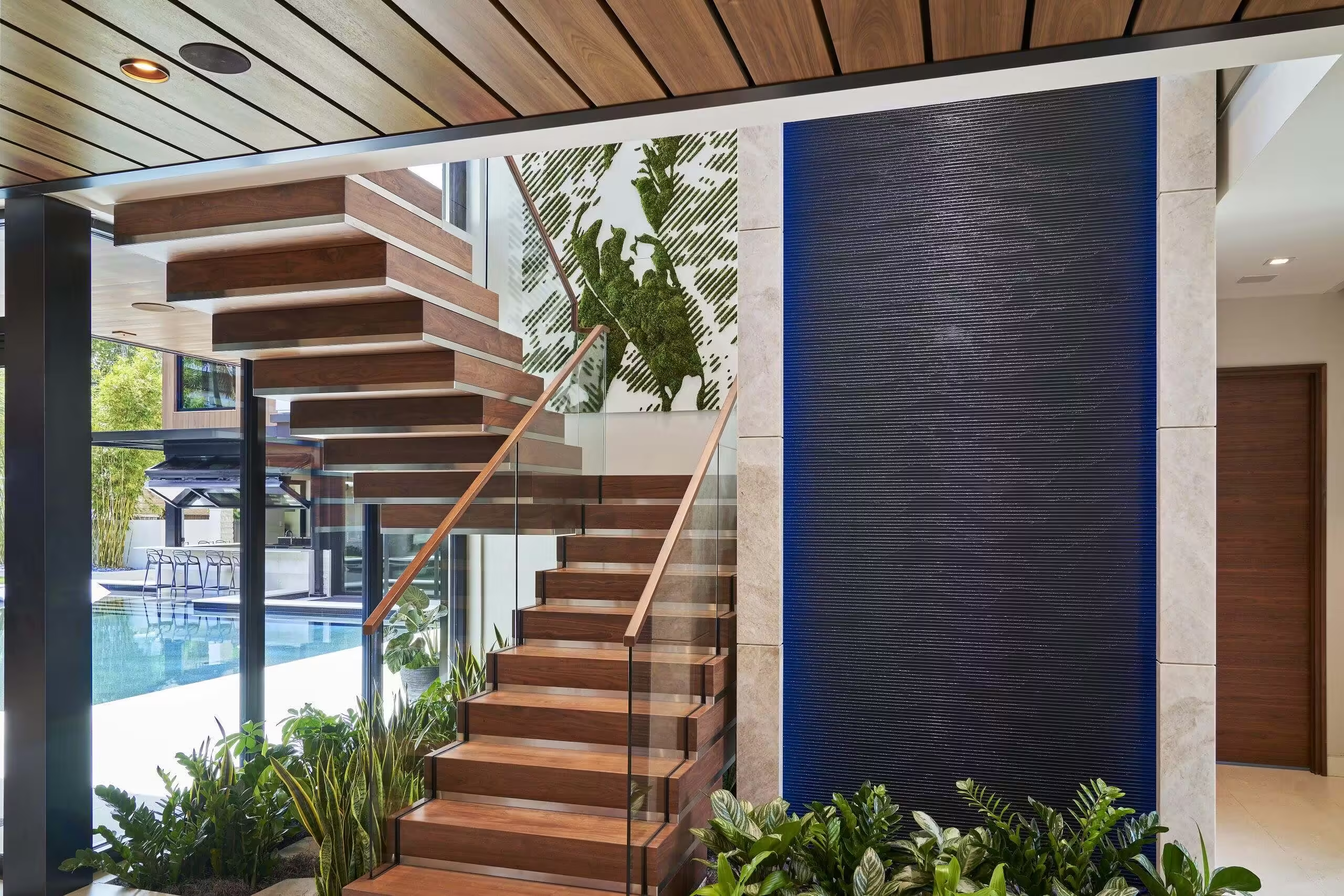





























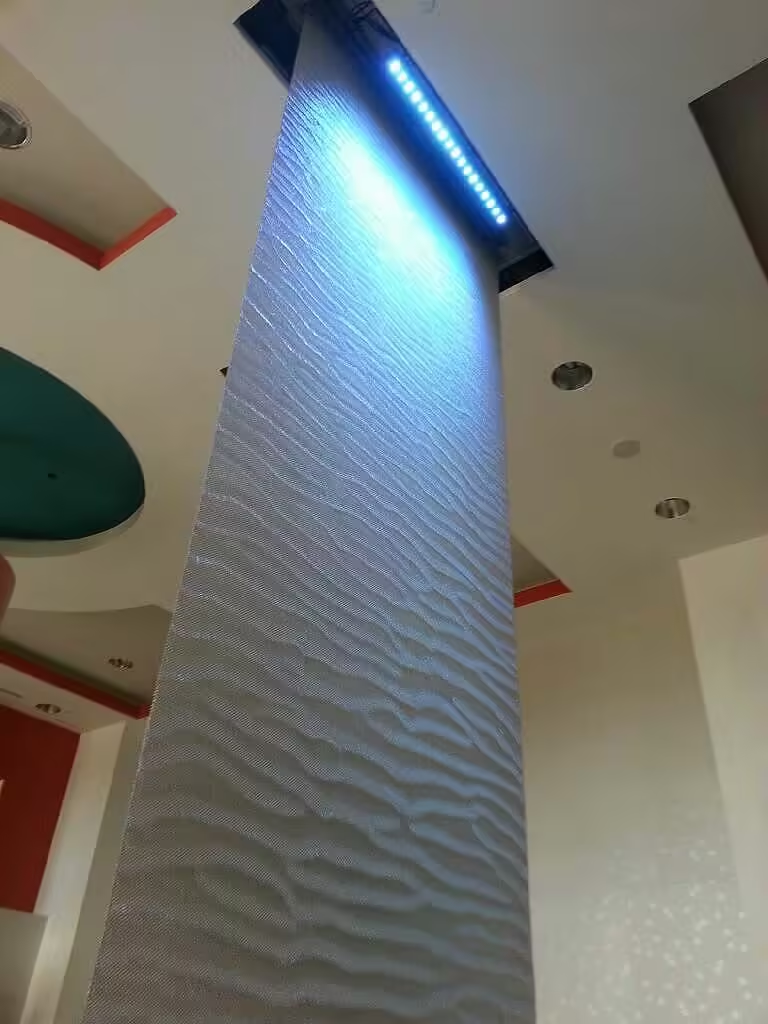
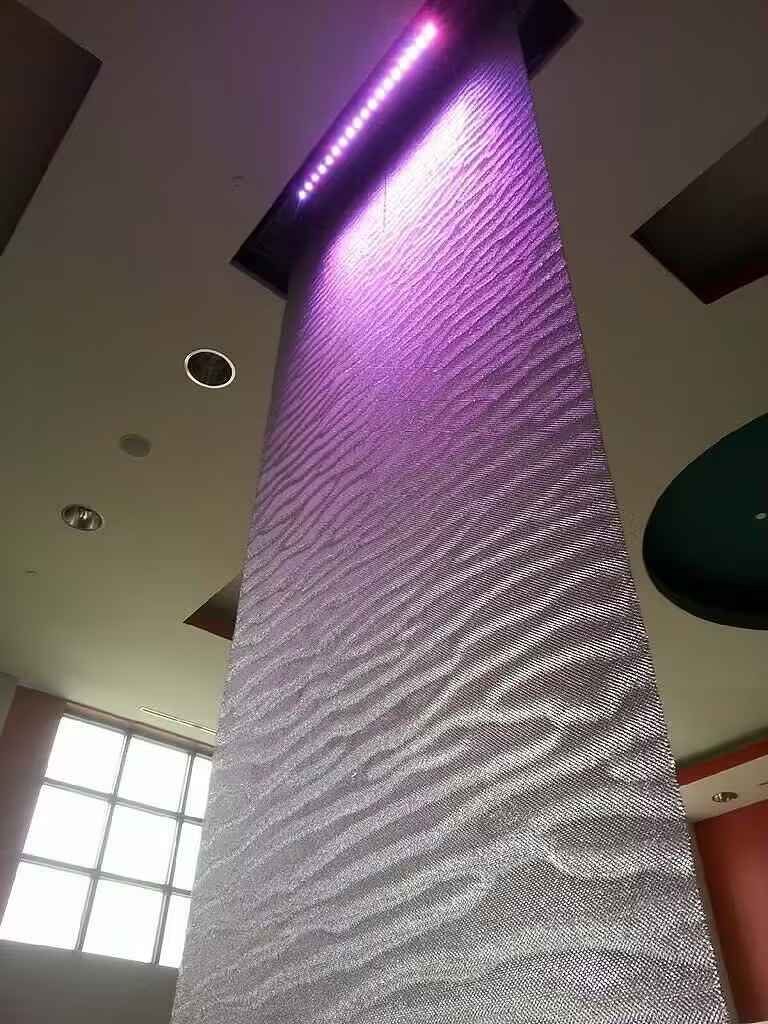


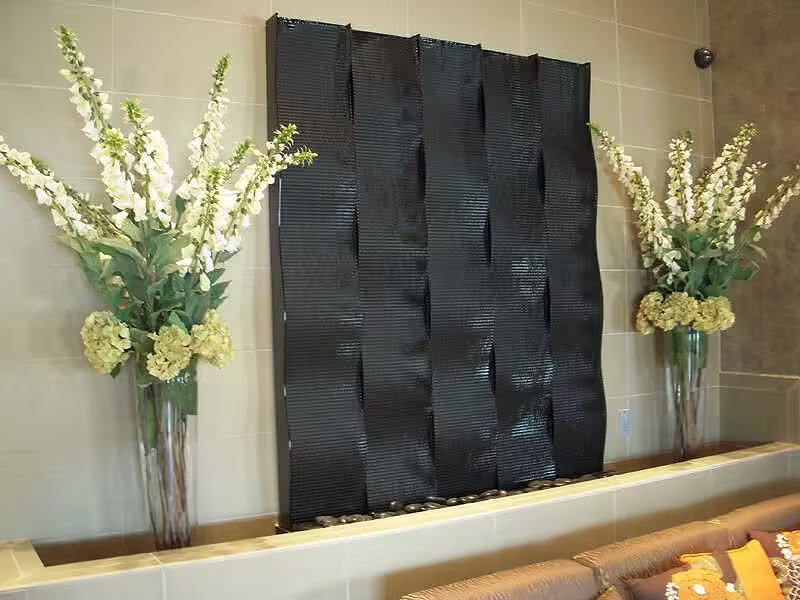

















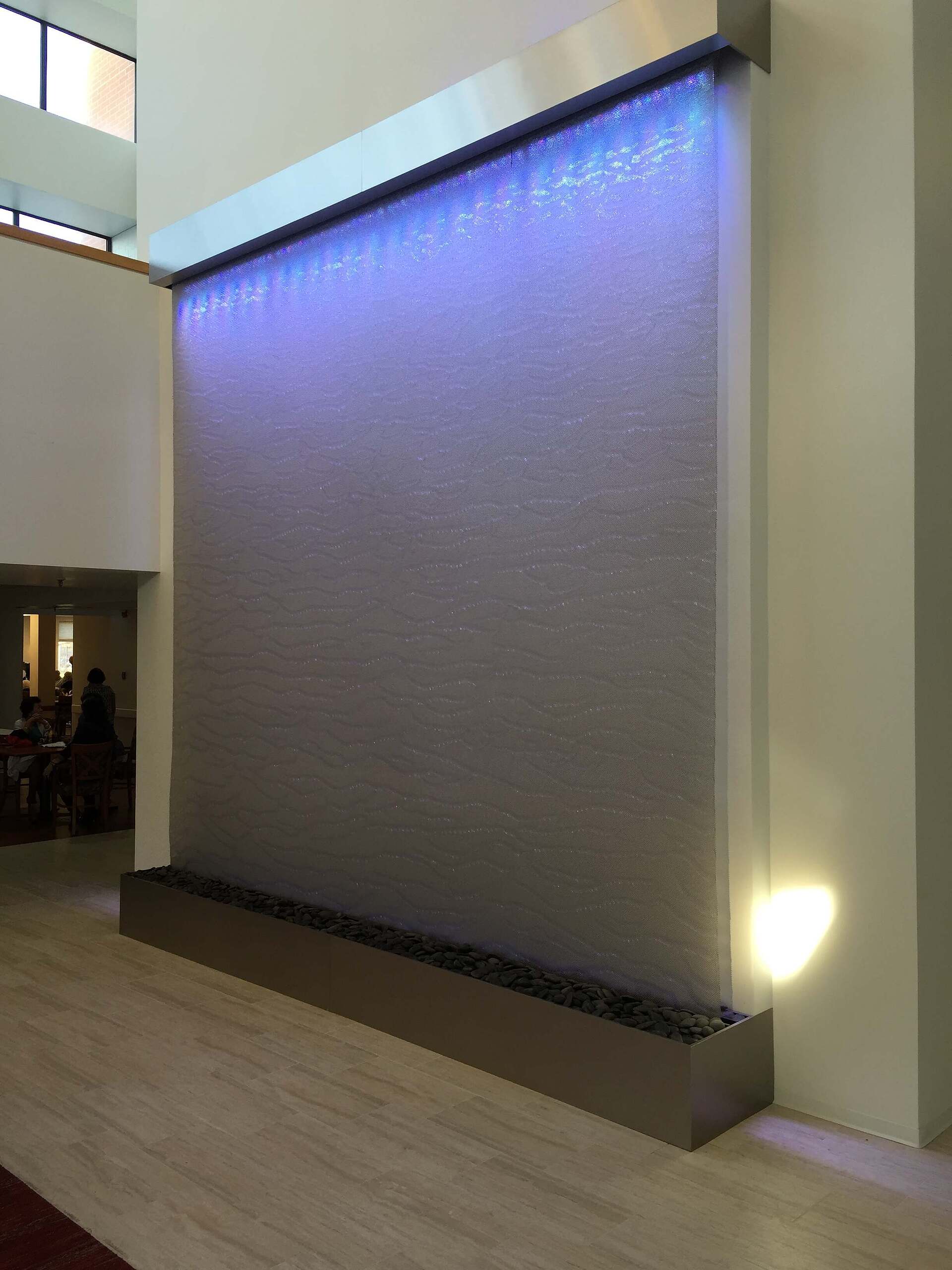






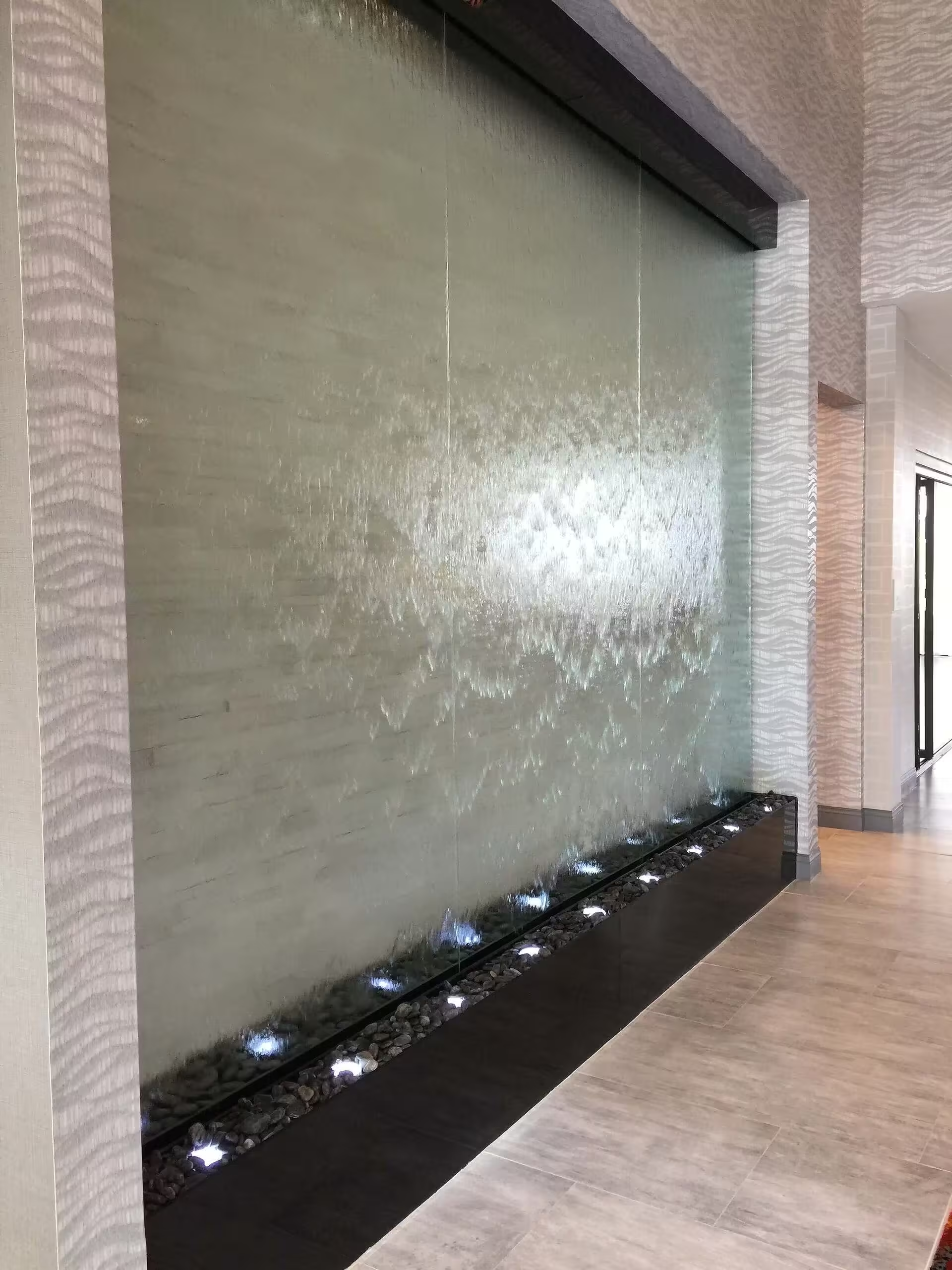















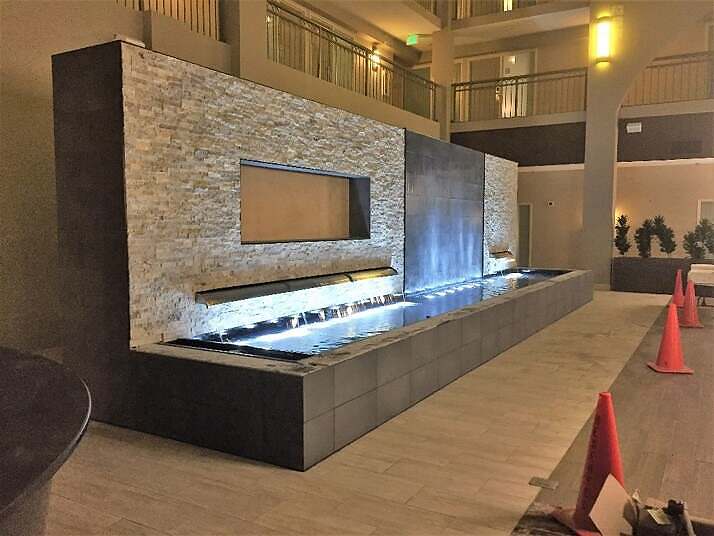




![Rod Style Bubble Wall Swirley for Bounce Empire in Denver, Colorado[84] Rod Style Bubble Wall Swirley for Bounce Empire in Denver, Colorado[84]](https://www.midwest-tropical.com/wp-content/uploads/Rod-Style-Bubble-Wall-Swirley-for-Bounce-Empire-in-Denver-Colorado84-jpg.avif)
![Rod Style Bubble Wall Swirley for Bounce Empire in Denver, Colorado 2[2] Rod Style Bubble Wall Swirley for Bounce Empire in Denver, Colorado 2[2]](https://www.midwest-tropical.com/wp-content/uploads/Rod-Style-Bubble-Wall-Swirley-for-Bounce-Empire-in-Denver-Colorado-22-jpg.avif)






